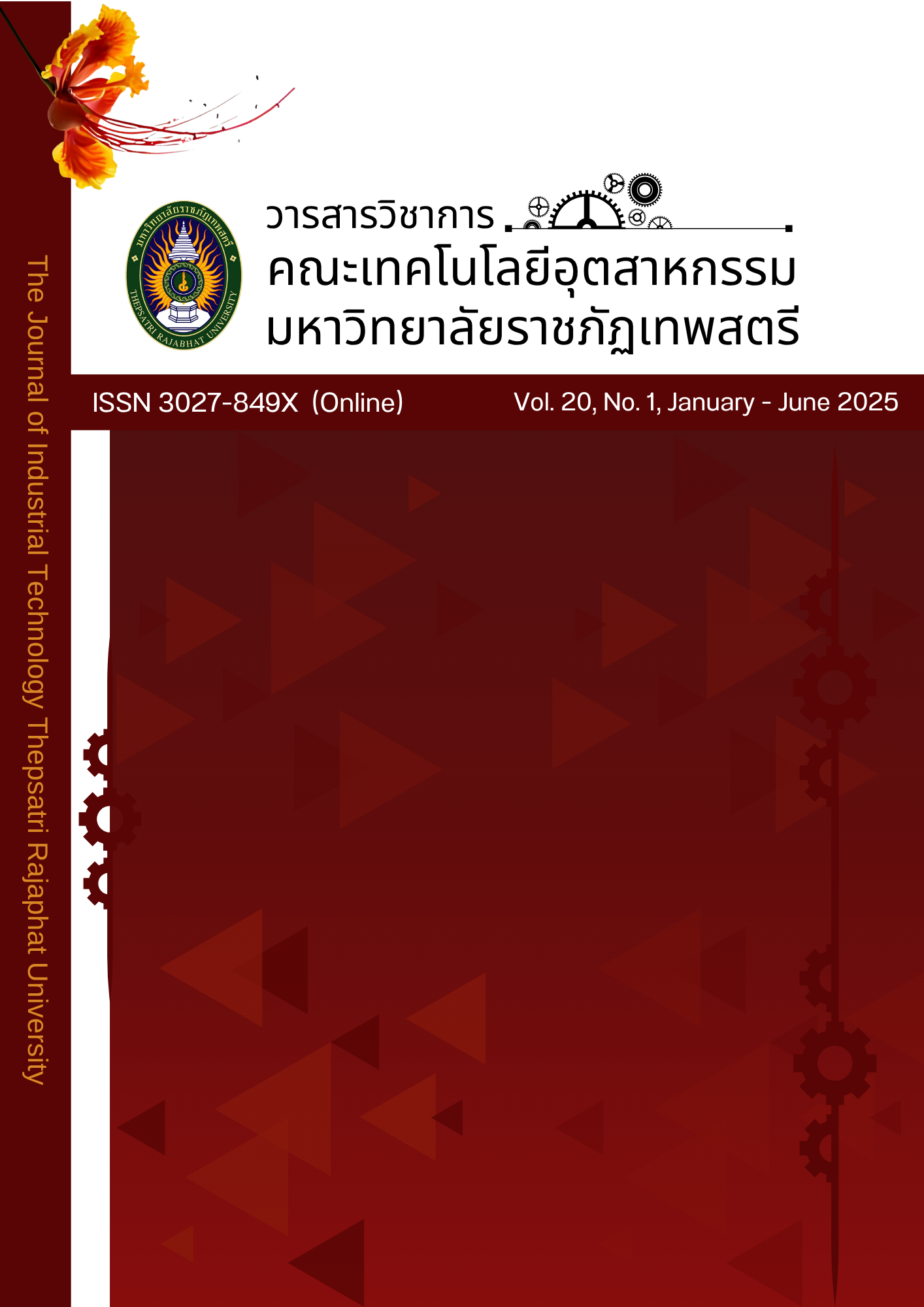The TMR Estimation based on Data Science Technique in Bit Patterned Media Recording System
Abstract
In large-scale cloud systems, such as data center infrastructure, data storage is still primarily reliant on hard disk drive (HDD) technology. Therefore, advancements in HDD efficiency focus on optimizing storage capacity by improving data density. One of the key technologies that enhances storage efficiency is Bit-Patterned Media Recording (BPMR), which can significantly increase areal density, reaching up to 4 terabits per square inch (Tb/in²) [1]. However, as track spacing decreases to achieve higher density, the system faces a more severe challenge from two-dimensional interference. This interference can lead to errors in the readback process due to incorrect positioning of the read head, resulting in track misregistration (TMR). Previous research has applied data science techniques, such as the K-Means Algorithm, to predict TMR by comparing the readback signal to the channel signal of each TMR [2]. In this study, we propose a different approach to estimating TMR by preparing a dataset based on 6 various by using 400 record of each TMR level and readback signal features, including the peak amplitude values of read back signal with upper track (Peak Track3), the mean values of read back signal with center track (Mean Track2), the maximum values of read back signal with upper track (Max Track3), the minimum values of read back signal with lower track (Min Track1), the minimum values of read back signal with center track(Min Track2), and maximum of read back signal of upper track( Max Track1). We then applied supervised machine learning 6 techniques, including Random Forest, Decision tree, Support Vector Machines (SVM), General linear model (GLM), Gradient Boosted Tree (GBT) and Deep Learning. The experimental results show that the Decision tree technique provides the best prediction performance, achieving 1.9% Relative Error at TMR level of 20% to 25%.
References
Y. Shiroishi, K. Fukuda, I. Tagawa, and H. Iwasaki, “Future options for HDD storage,” IEEE Trans. Magn., vol. 45, no. 10, pp. 3816–3822, Oct. 2009.
S. Jeong and J. Lee, “Track mis-registration estimator based on K-means algorithm for bit-patterned media recording,” IEEE Trans. Magn., vol. 59, no. 3, pp. 1–5, Mar. 2023.
M. H. Kryder, “Magnetic recording beyond the superparamagnetic limit,” in Proc. IEEE Int. Magn. Conf. (INTERMAG), Toronto, ON, Canada, Apr. 2000, pp. 14–19.
T. R. Albrecht, H. Arora, and V. Ayanoor-Vitikkate, “Bit-patterned magnetic recording: Theory, media fabrication, and recording performance,” IEEE Trans. Magn., vol. 51, no. 5, May. 2015.
S. Nabavi, Signal Processing for Bit-Patterned Media Channels with Inter-Track Interference, Ph.D. dissertation, Carnegie Mellon Univ., Pittsburgh, PA, USA, 2008.
C. Warisarn, W. Busyatras, and L. Myint, “Soft-information flipping approach in multi-head multi-track BPMR systems,” AIP Adv., vol. 8, no. 5, pp. 056704-1–056704-7, May. 2018.
S. Nabavi, B. V. K. Vijaya Kumar, and J. A. Bain, “Mitigating the effects of track mis-registration in bit-patterned media,” in Proc. IEEE Int. Conf. Commun. (ICC), Beijing, China, May 2008.
S. Karakulak, P. H. Siegel, and J. K. Wolf, “A parametric study of inter-track interference in bit patterned media recording,” IEEE Trans. Magn., vol. 46, no. 3, pp. 819-824, Mar. 2010.
P. Kochcha, K. Kankhunthod, and C. Warisarn, “Track misregistration estimation technique based on hybrid K-means and EM algorithm in bit-patterned media recording systems,” IEEE Trans. Magn., vol. 61, no. 6, pp. 101-106, Jun. 2025.
K. Kankhunthod and C. Warisarn, “Track misregistration mitigation using CNN-based method on single-reader/two-track reading BPMR systems,” IEEE Access, vol. 11, pp. 41954-41963, Apr.2023.

